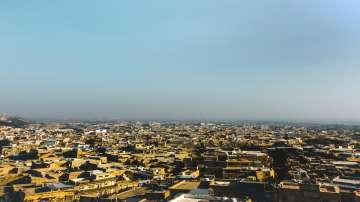The terms "metro city" and "metropolitan city" are commonly used and heard. Many people do not understand their meanings and differences. If you are confused about these terms, you are not alone. These two terms are often used interchangeably, but they have different meanings. Here is a brief explanation of the distinctions between a cosmopolitan city and a metropolitan city.
A metro city is a city with a population of at least one million people. These cities are usually the economic and cultural hubs of their respective countries. Examples of metro cities include Mumbai, Delhi, and Bangalore in India, New York City and Los Angeles in the United States, and Tokyo in Japan.
On the other hand, a metropolitan city refers to a larger area that includes a central city and its surrounding suburbs and towns. These areas are also known as metropolitan areas or urban agglomerations. Metropolitan areas are defined by the presence of a large central city and its surrounding areas that are economically and socially integrated with the city. Examples of metropolitan cities include Mumbai Metropolitan Region, Delhi National Capital Region, and Greater London in the UK.
It's important to note that not all metro cities are metropolitan cities. For example, Mumbai is a metro city but its surrounding suburbs and towns are not considered part of the Mumbai Metropolitan Region. Similarly, Delhi is a metro city but its surrounding areas are part of the National Capital Region.
Understanding the difference between these two terms helps you better understand the development and growth of cities. Metro cities and metropolitan areas have different economic, social, and political dynamics, and understanding these differences can help policymakers and city planners make better decisions about infrastructure, transportation, and urban development.
Moreover, the growth of metro cities and metropolitan areas has significant implications for the environment and sustainability. Rapid urbanization can lead to increased pollution, traffic congestion, and resource depletion. Understanding the difference between these two terms can help us better address these challenges.
